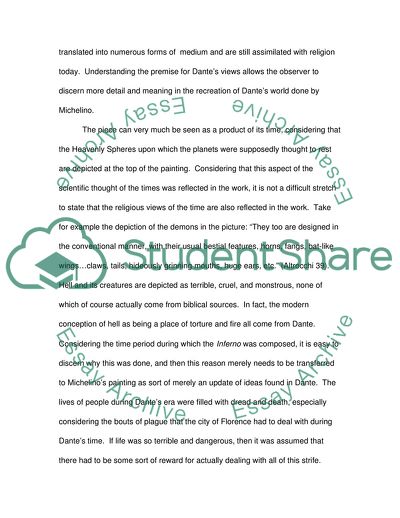Cite this document
(The Human Condition as Seen Through Art Work Coursework, n.d.)
The Human Condition as Seen Through Art Work Coursework. Retrieved from https://studentshare.org/visual-arts-film-studies/1715849-you-can-choose-a-topic-i-trust-your-judgment-abelard-meets-heloisedante-and-the-three-kingdoms
The Human Condition as Seen Through Art Work Coursework. Retrieved from https://studentshare.org/visual-arts-film-studies/1715849-you-can-choose-a-topic-i-trust-your-judgment-abelard-meets-heloisedante-and-the-three-kingdoms
(The Human Condition As Seen Through Art Work Coursework)
The Human Condition As Seen Through Art Work Coursework. https://studentshare.org/visual-arts-film-studies/1715849-you-can-choose-a-topic-i-trust-your-judgment-abelard-meets-heloisedante-and-the-three-kingdoms.
The Human Condition As Seen Through Art Work Coursework. https://studentshare.org/visual-arts-film-studies/1715849-you-can-choose-a-topic-i-trust-your-judgment-abelard-meets-heloisedante-and-the-three-kingdoms.
“The Human Condition As Seen Through Art Work Coursework”. https://studentshare.org/visual-arts-film-studies/1715849-you-can-choose-a-topic-i-trust-your-judgment-abelard-meets-heloisedante-and-the-three-kingdoms.


